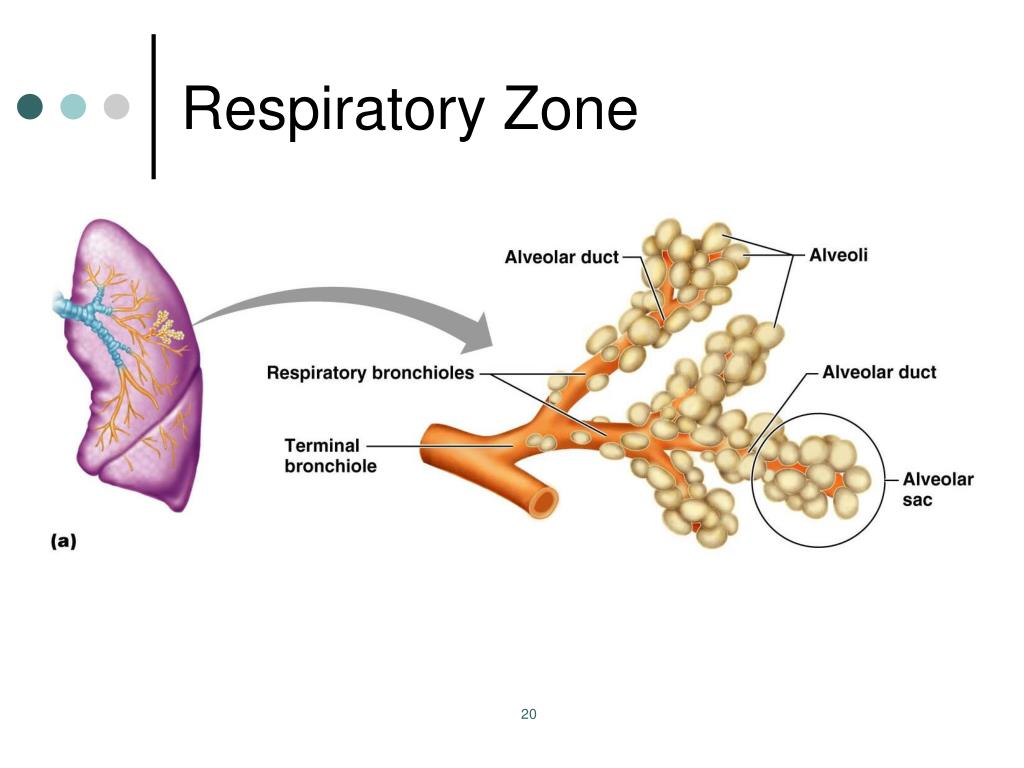

Physiological dead space is the part of the tidal volume which does not participate in gas exchange. Philadelphia: Wolters Kluwer, p.116.Write short notes on physiological dead space (1990)ĭefinition - the volume occupied by gas which does not participate in gas exchange in lung.Īnatomical dead space is the volume of the conducting airways.Īnatomical dead space is constant regardless of circulation. We can apply these assumptions to the ideal gas law ( PV = nRT) to derive an equation for the physiological dead space:īoron, W. The volume of the alveoli (V A) that participated in gas exchange, together with the physiological dead space (V D), will equal the volume of the expired air: V A+V D=V E.The molar amount of CO 2 produced in the alveoli ( n A CO 2) will be the same amount that is expired ( n E CO 2).The subject breathes in normal room air, and respiration (production of CO 2) happens everywhere, except in the volume occupied by the dead spaces. Physiological dead space is the sum of the anatomical dead space and the alveolar dead space. In the ideal healthy adult, this is zero. However, it is quick enough that it can be approximated (averaged out) as an abrupt transition.Īlveolar dead space includes those parts of the respiratory zone that do not participate in gas exchange. Note that in practice, O 2 is replaced by N 2 more gradually, as a sigmoid curve. When the gas is expired, the pure O 2 is expired first.

The gas in the anatomical dead space remains as pure O 2 because it remains up in the conducting zone.Most of the O 2 mixes with the air already in the alveoli (75% N 2).It is measured by the nitrogen washout (Fowler) technique: Dead space is the volume of ventilated air that does not participate in gas exchange.Īnatomical dead space is the volume of air that fills the conducting zone, about 150 mL (~30% of normal tidal volume).


 0 kommentar(er)
0 kommentar(er)
